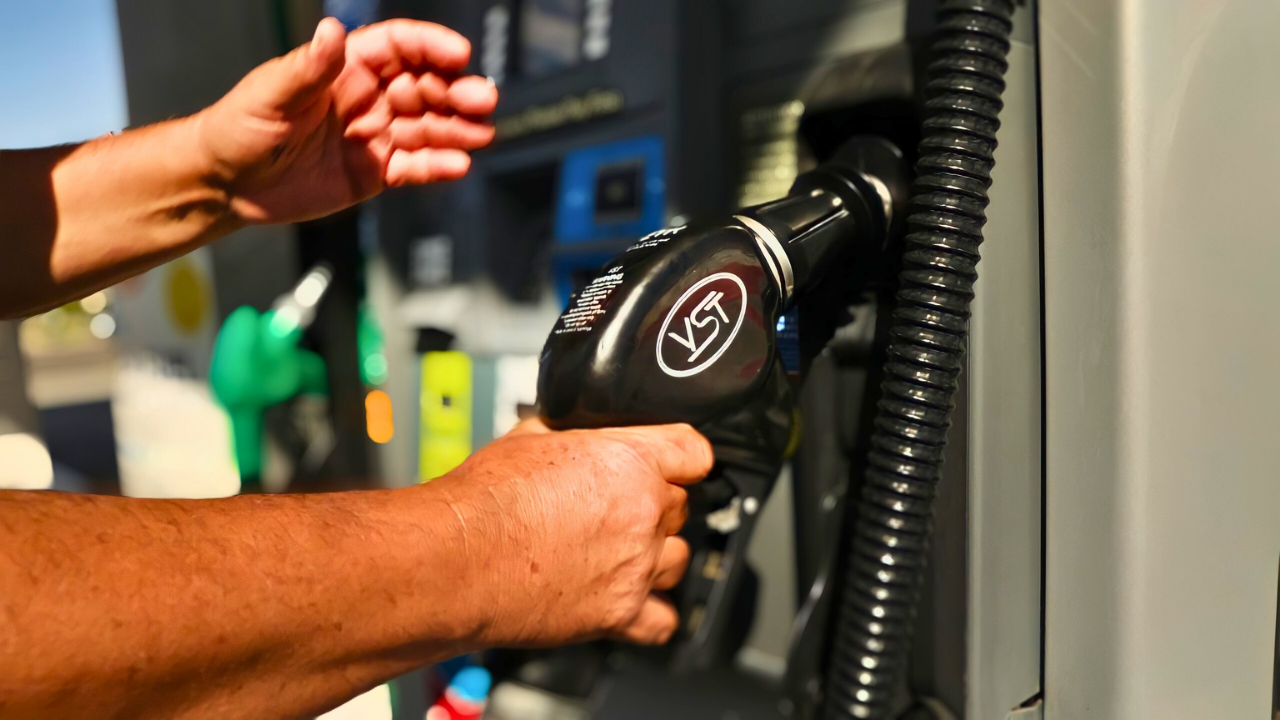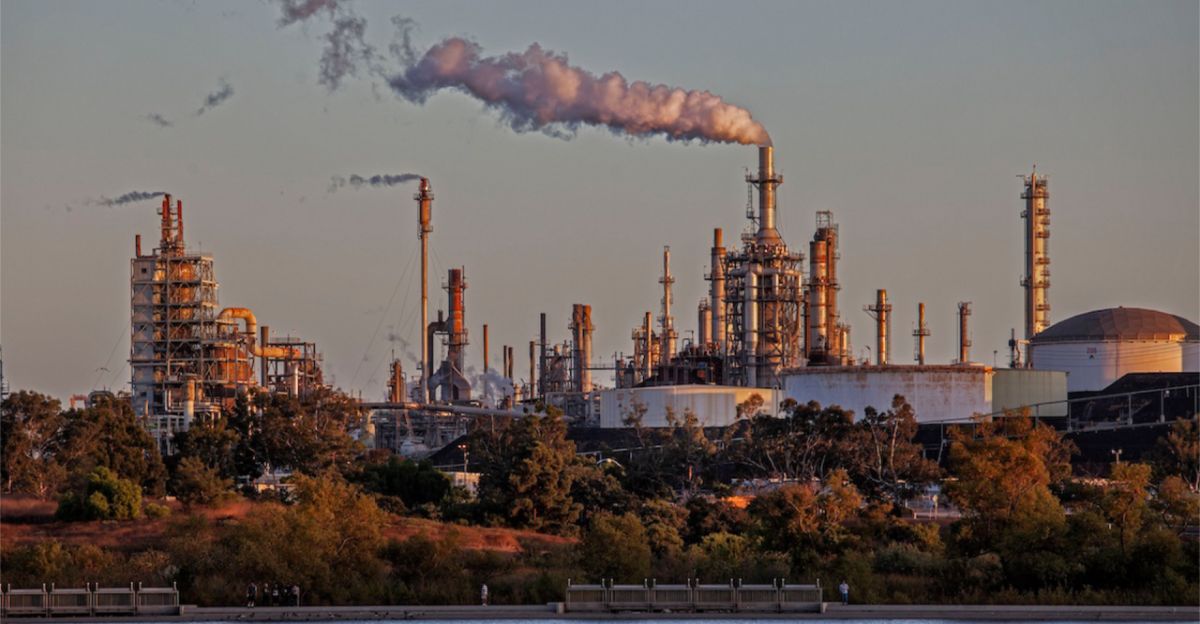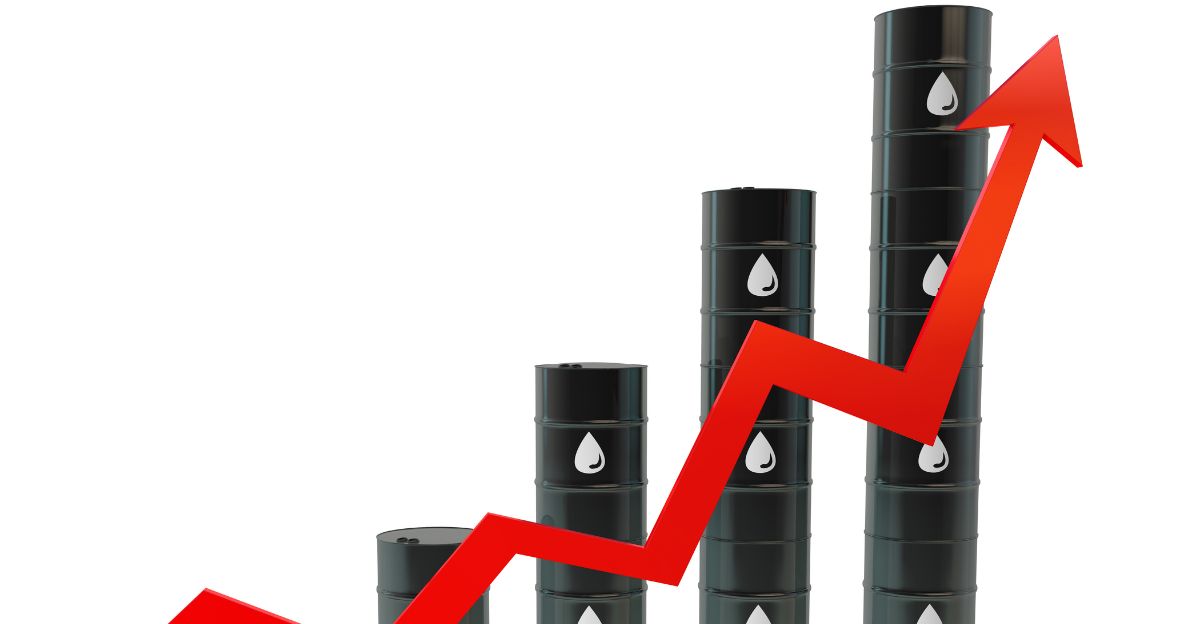
California’s shrinking oil refining capacity is setting the stage for a potential fuel shock. With two major facilities scheduled to close by 2026—the Phillips 66 refinery in Los Angeles and the Valero refinery in Benicia—experts warn the Golden State could lose nearly one-fifth of its gasoline-making power. The ripple effects could push prices toward $8 per gallon and put thousands of workers and local economies at risk.
The Shutdown That Started It All

The Phillips 66 refinery in Los Angeles, capable of processing 139,000 barrels of crude each day, is winding down operations throughout late 2025 before a full closure at year’s end. Company officials say the move reflects a broad shift in market demands and policy pressures, rather than a sudden downturn.
The shutdown is a major blow to California’s intricate fuel network, which already operates with limited flexibility. “The jobs that it holds, the individuals working each and every day—those individuals live in my district, they shop in my district, they add to the economy in my district,” said Assemblymember Mike A. Gipson, who represents the Gardena area near the affected site.
Roughly 600 employees and 300 contractors will lose their jobs at Phillips 66, a staggering hit for surrounding communities where refinery work has anchored generations of families. Local officials have urged the state to provide transition support and job placement opportunities, but no large-scale aid plan has yet materialized.
The Fragile Chain Behind California’s Fuel

California’s energy system is unusually isolated. With few interstate pipelines and some of the toughest environmental regulations in the nation, most fuel must be produced or imported directly through ports. This leaves the state exposed when refineries go offline.
Even brief disruptions can send prices soaring within days. Analysts note that in past outages, retail costs jumped 10 to 42 cents per gallon almost immediately. The loss of the Los Angeles facility will magnify that volatility.
Energy analyst Amy Myers Jaffe of Tufts University explains that California’s “refining market is more like an island than a continent—it has no rapid backup.” That isolation will become more costly as demand remains high, with Californians still consuming more than 13 million gallons of gasoline daily.
Prices on the Brink

By late 2026, fuel experts estimate California drivers could see gasoline climb toward $8 a gallon if replacement supply isn’t secured. That price spike reflects the combined impact of shrinking refinery capacity, strict emissions rules, and added state fees.
Californians already pay among the highest gas taxes in the nation—about $1.47 per gallon in regulatory costs alone. These include charges for carbon programs and specially formulated fuel blends meant to curb pollution. While such measures support environmental goals, they also magnify the effect of market shortages.
Compounding the issue, California is leaning increasingly on imported gasoline from Asia, primarily from South Korea and Japan. Importing adds shipping costs and delays, making prices slower to stabilize even when oil prices drop worldwide. “California can ill afford the loss of one refinery, let alone two,” said USC business professor Michael Mische, warning that the closures could remove up to 17% of the state’s refining output.
Community Fallout and Political Friction

In Benicia, 400 miles north of Los Angeles, residents are preparing for their own reckoning as Valero’s massive refinery is slated to shut down in spring 2026. The twin closures could remove between 6.6 million and 13.1 million gallons of gasoline from daily production, depending on demand swings and import capacity.
Community leaders describe a deep sense of uncertainty. For towns built around refineries, the closures are not simply economic losses—they’re social upheavals. “They have said that they cannot do business in the state of California,” Assemblymember Gipson said. “The regulatory agencies have imposed very stringent requirements that make it difficult to remain here.”
At the Capitol, lawmakers are under mounting pressure to balance environmental ambitions with economic stability. Governor Gavin Newsom’s administration has pledged to expand renewable production, but critics argue that planning for refinery phase-outs has lagged behind policy goals.
A Future in Transition
California’s clean-energy aspirations are ambitious: phasing out new gas car sales by 2035 and cutting carbon emissions by 85% by 2045. Yet the refinery closures highlight how vulnerable the path to green energy can be without reliable transition infrastructure.
Some shuttered facilities are being converted into renewable fuel plants that produce biodiesel or sustainable aviation fuel. Phillips 66 itself plans to transform parts of its operations into renewable processing. But these projects remain limited in scale and won’t offset gasoline losses in the near term.
As experts, workers, and drivers confront the coming changes, California stands at an inflection point. Whether the state can bridge its energy gap while maintaining its environmental commitments will shape not just fuel prices—but the very pace of its transition to a cleaner economy.